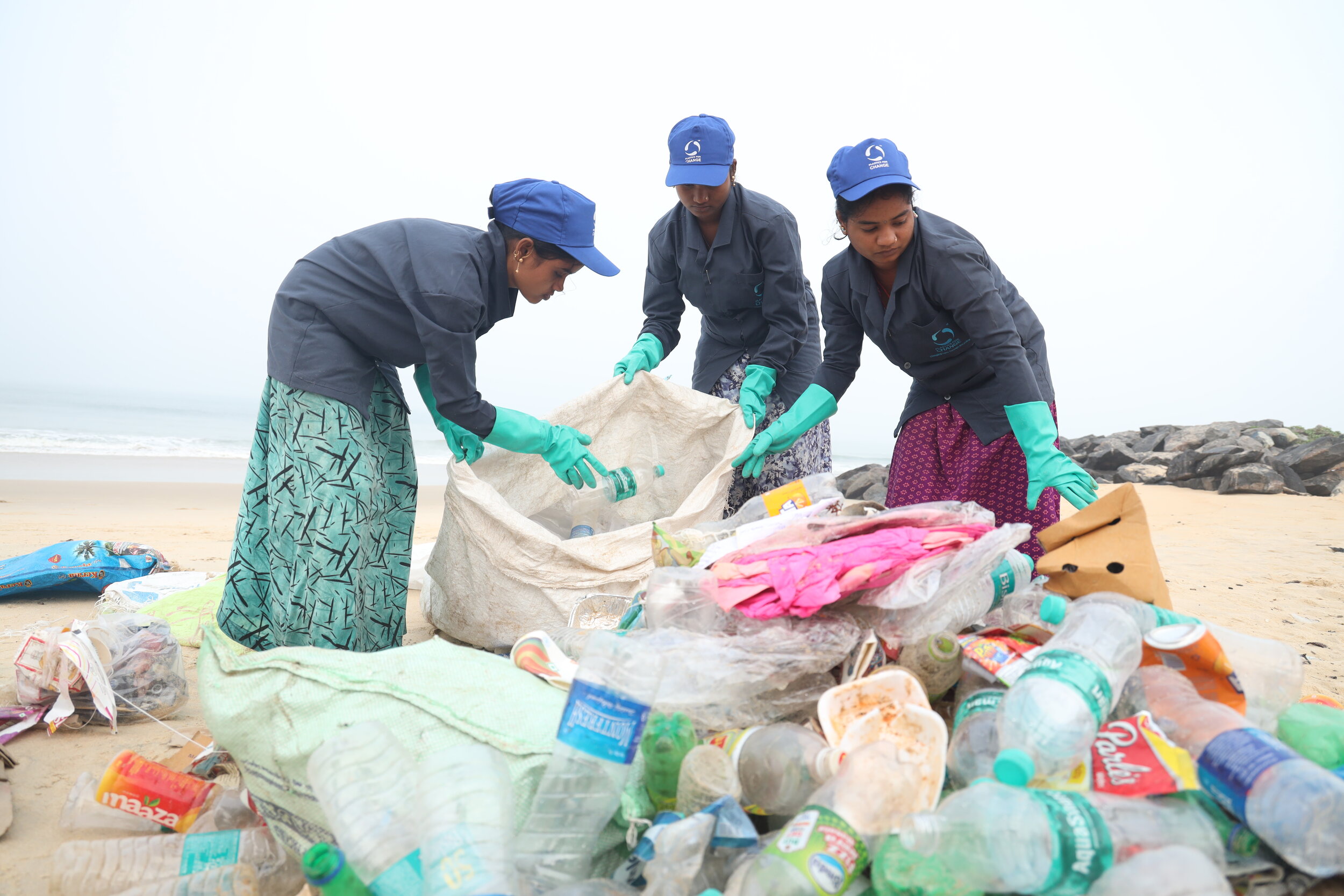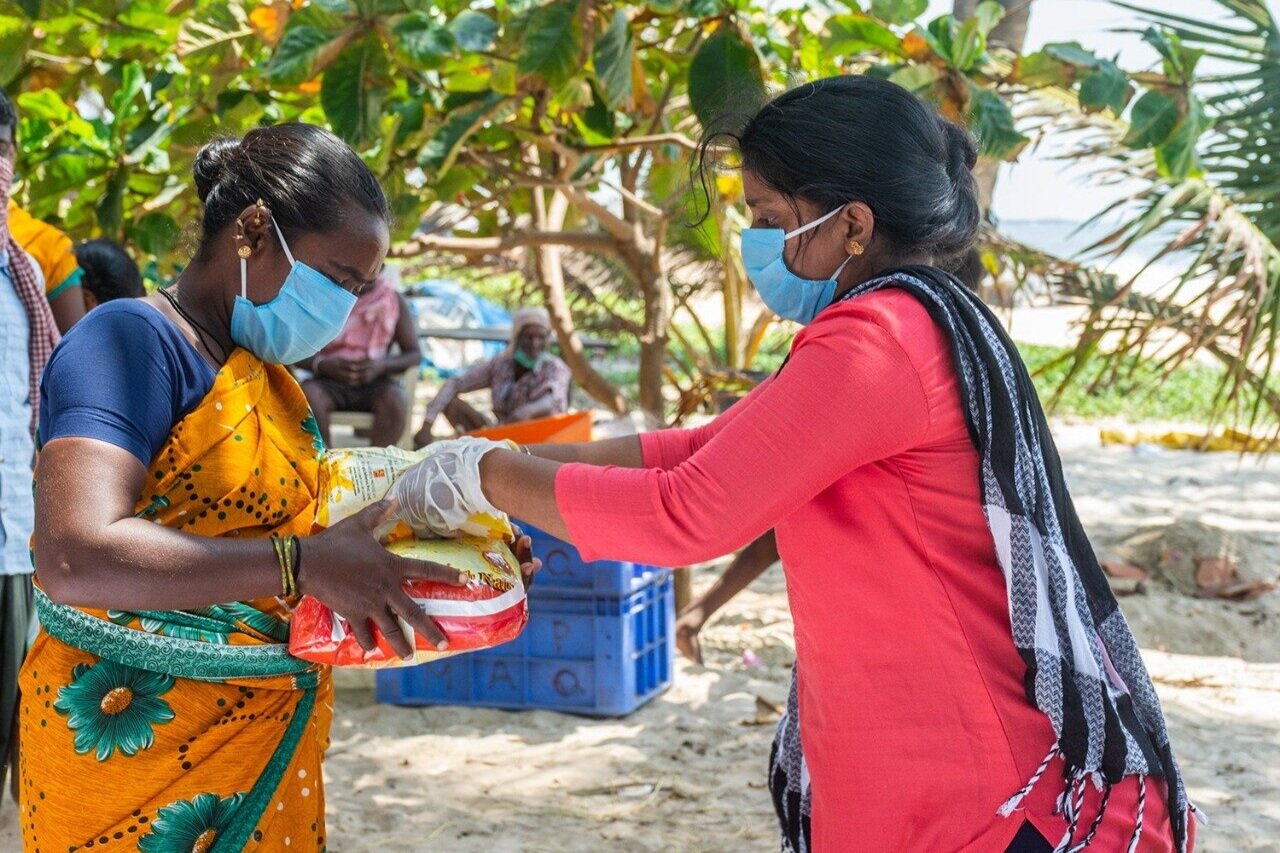Blog Posts
Annual Report 2022
Plastics For Change
How can we harness the potential of the informal waste economy?
With around 2 billion people reportedly lacking access to formal waste management globally, plastic pollution is increasingly ending up in nature, especially in the Global South.
Read More >>
Latest News
PFC selected For The Global Innovation Challenge: FUTURE OF FLEXIBLES
Together with other 14 companies, we will work to redefine the future of flexible plastic waste across South and Southeast Asia.















![[Facebook] Future of Flexibles - Cohort Announcement.jpg](https://images.squarespace-cdn.com/content/v1/578c7a7815d5db22cae71c21/1622114469760-I6O7B9BF02EYZFZU9H4M/%5BFacebook%5D+Future+of+Flexibles+-+Cohort+Announcement.jpg)













It’s easy to feel overwhelmed by the severity and the scale of the plastic pollution crisis. Now with plastic offsetting, businesses have a new way to create a positive impact on the crisis, here’s how.